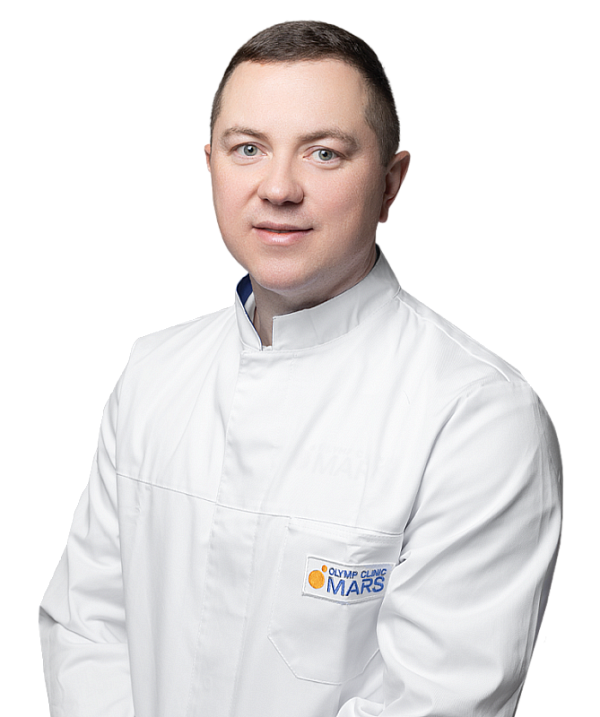Maxillofacial purulent inflammations diagnostics and dissection
Surgical treatment of abscesses, phlegmons, and other acute inflammations with drainage and sanitation.

Acute inflammatory processes in the maxillofacial region develop rapidly and may be accompanied by swelling, pain, difficulty swallowing, speaking, and even breathing. The most prevalent forms are abscesses and phlegmons, often resulting from untreated infections of the teeth, tonsils, or sinuses.
An abscess is a localized inflammation that forms a capsule, which accumulates pus. In contrast, a phlegmon lacks clearly delineated boundaries and is characterized by a diffuse purulent inflammation that penetrates deep into tissues and spreads through the interfascial spaces. Early diagnostics and surgical intervention are crucial to prevent the spread of infection, eliminate the source of inflammation, and expedite recovery.
Preparation includes a medical examination, medical history review, and comprehensive diagnostics. We assess the extent of inflammation, identify the source of infection, and rule out complications. Laboratory tests (complete blood count and biochemical analysis, coagulogram, tests for infections), ECG, CT, MRI, fluorography, as well as X-ray or ultrasound of soft tissues are also prescribed.
The surgeon makes an incision in the area of inflammation, examines the tissues, and removes purulent and non-viable tissue. The cavity is washed with antiseptics, and, if necessary, drains are installed to remove residual contents.
We use the latest surgical tools, drains, and antiseptic rinsing systems.
The recovery period is typically 7 to 14 days. The patient is prescribed a course of antibiotics, anti-inflammatory medications, and antiseptic rinses. Dressings are changed regularly. Routine monitoring of the patient's condition helps adjust the treatment plan as needed. It is recommended to avoid physical exertion, hypothermia, and thermal exposure.
Benefits
Rapid inflammation relief
Timely removal of the abscess stops the spread of infection.
Complication prevention
Reduces the risk of mediastinitis, sepsis, and other life-threatening complications.
Minimal trauma
Advanced techniques and equipment reduce trauma to surrounding tissues.
Comprehensive approach
Relevant specialists are involved for extended treatment as needed.
Врачи
Смотреть всех врачейMaxillofacial surgeon. Candidate of Medical Sciences.
Similar referral activities
Post-traumatic facial deformities treatment
Surgical restoration of facial bones and soft tissues after trauma to restore function and appearance.
Naso-orbital reduction and osteosynthesis
Facial skeleton restoration surgery involving nose and eye socket fractures.
Cheekbone reduction and osteosynthesis
Surgical restoration of the zygomatic bone using titanium plates to fix the fragments.
Lower jaw osteosynthesis
A surgical procedure designed to repair broken bones in cases of mandibular fractures.
Intermaxillary fixation with screws
Temporary jaw stabilization in fractures and postoperative care.

